
Product information
Müller-Catoir Bürgergarten ‘Im Breumel’ Grosses Gewächs Riesling 2021
Riesling from Pfalz, Germany
$147
Description
After tasting the Erste Lager, I can’t wait to see what the GG has to offer!
Catoir’s Haardter Riesling 2021 Bürgergarten “Im Breumel” GG VDP. Grosse Lage opens with a deep, clear and aromatic yet also elegant, pure, refined and complex bouquet of ripe and juicy fruits intermingled with iodine and even some flinty notes. Juicy, round and savory on the palate, with animating saline and grippy minerality, this is a dense, tight and structured dry Breumel Riesling that shouldn’t be on sale at this early stage since the very best is still to come here. The wine was still very young at the GG tasting in Wiesbaden in August when it showed a good yet still robust finish, but it was only slightly more open and refined in December this year.
Stephan Reinhardt, The Wine Advocate 94+ Points
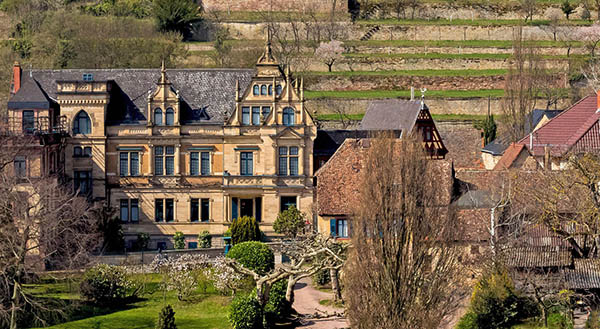
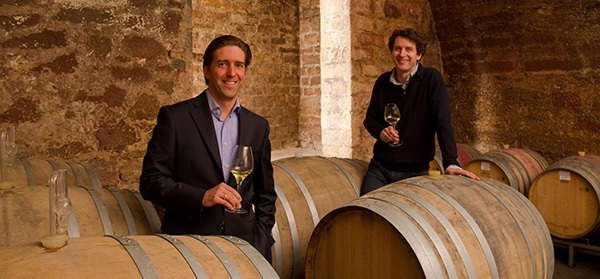
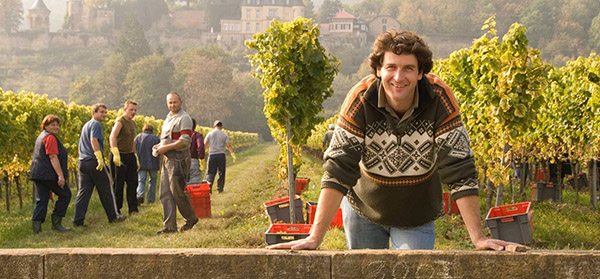





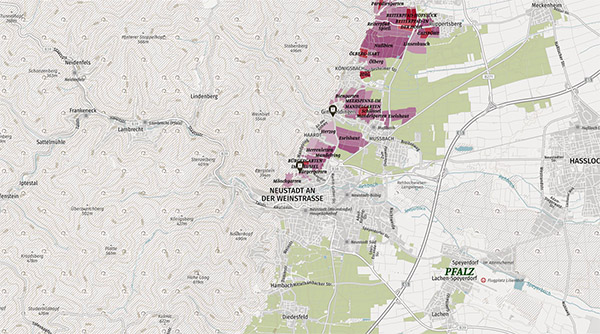
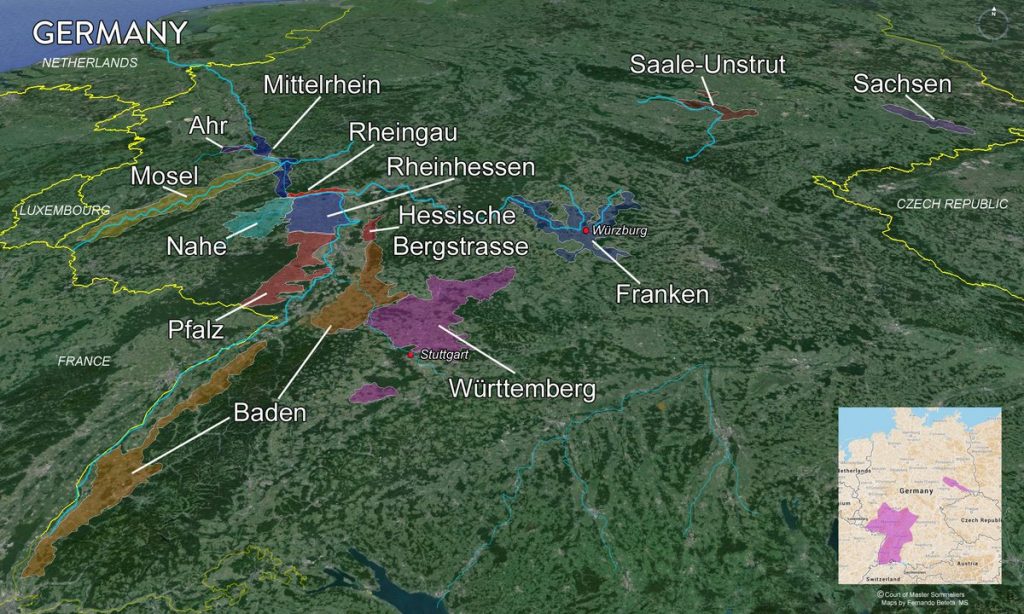

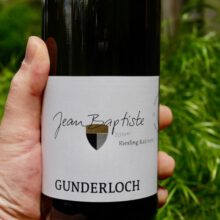
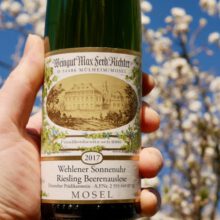
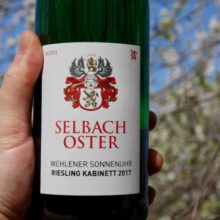
You must be logged in to post a comment.